The board you use is not very important, the important thing is how you do the work. Use a simple state machine and measure the period first.
- Check your clock frequency. For example if it is 50MHz, you have 20ns resolution.
- Detect a high signal and start counting until a low signal.
- You detected a low signal in step2 and start counting until a high signal.
- Switch between steps 2 and 3. Calculate the period using your resolution.
- Use USB or Ethernet or if exist Logic Analyzer inside your FPGA to send or display the period with unit second. Simplest way use UART over USB and read the value any termimal like putty, teraterm ..
in VHDL sketchy
case state is
when h:
count_l <= 0;
if (wave='1') then
count_h <= count_h + 1;
else
out_h <= count_h;
state <= l;
end if;
when l:
count_h <= 0;
if (wave='0') then
count_l <= count_l + 1;
else
out_l <= count_l;
state <= h;
end if;
I didn't use the board before but I guess it doesn't have user accessible gpio pins. You can use maybe soldering a small cable to buttons on the board.
The code above just symbolic for more accurate calculation use higher clock frequency and signal cleaner inside the FPGA.
If there is a problem, please ask without hesitation.
